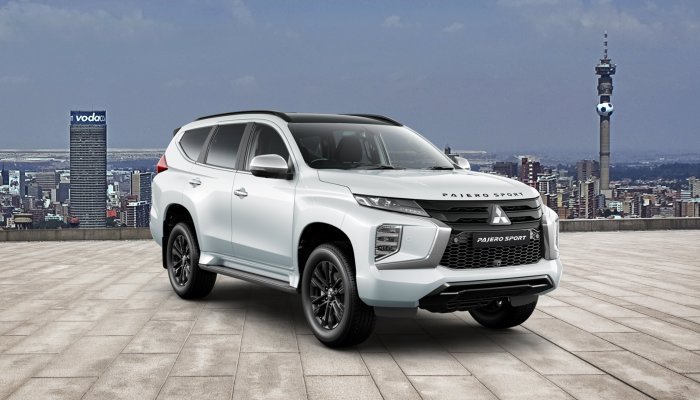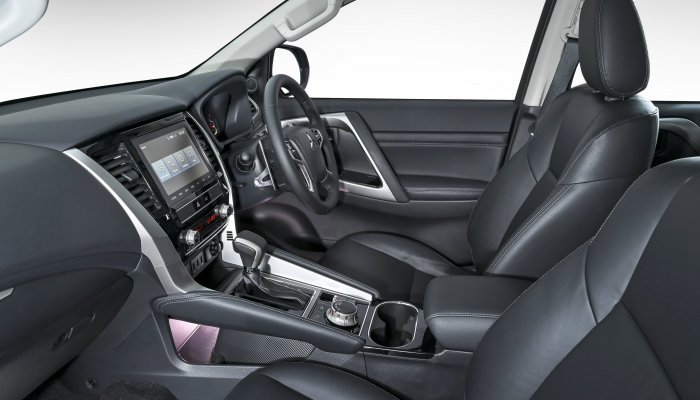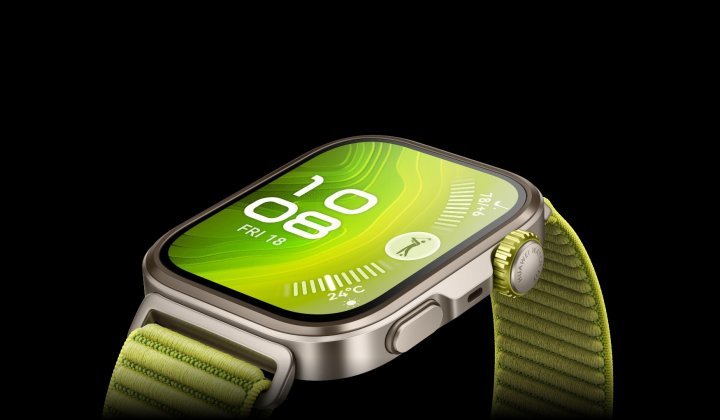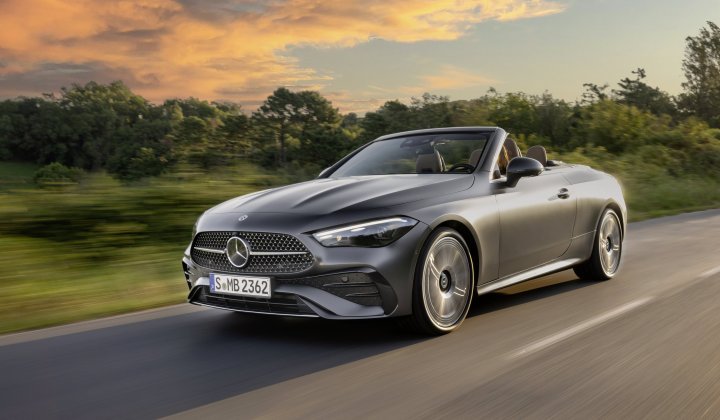WHAT IS IT?
First, the sad news: the Mitsubishi Pajero has been discontinued globally. This means that the Pajero Sport is now at the top of the Mitsubishi SUV pile. It is built on the excellent Mitsubishi Triton platform and is a well-equipped seven-seat all-rounder.
WHY THIS?
SUVs based on bakkies are big sellers in South Africa, most notably the Toyota Fortuner and the Ford Everest. The Isuzu mu-X and Mitsubishi Pajero Sport are two other options that, for some reason, just don't sell well, despite both being brilliant vehicles. The Pajero Sport, in particular, offers great value, which we’re all looking for these days!
OUTSIDE
My wife may, at times, describes me as moody, and she's not always wrong. And depending on my mood at the time, when I see a Pajero Sport on the road, I alternately love or pity its appearance. The rear lets it down, I feel, being out of proportion and too heavy for the rest of the car, not helped by the oversized rear lights. Other than that, it's all good, with the 18-inch alloys giving the vehicle solid, stylish standing on the road and complementing the modern profile. The Aspire model is only available in Jet Black or White Diamond, the latter set apart by the two-tone black roof. The Aspire spec also means black roof rails and a black front grille.
INSIDE
It's hard to believe this all stems from a bakkie: with seven seats clad in black leather, an 8-inch touchscreen audio system with Bluetooth, dual-zone climate control with a duct for the second row of seats, loads of USB sockets and multi-function steering wheel. There's also driving assistance in the form of rear park distance control with a camera. A big plus in terms of practicality is that the rear row of seats folds flat into the floor, unlike those of some competitors. This gives more usable luggage space, while the middle row of seats can be split 60/40 and can tumble forward to give added luggage flexibility. Safety is addressed by seven airbags, Isofix, stability and traction control, ABS braking with electronic brakeforce distribution, and an emergency brake assist system. It also has trailer stability assist and hill start assist.
THE DRIVE
This is the aspect of the Pajero Sport where it probably holds its biggest advantage over rivals. Yes, the engine is “only” a 2.4-litre turbodiesel, and there are bigger engines available in all of the competitors, but that doesn't tell the whole story. Producing 133kW of power and 430Nm of torque, the Sport has enough torquey gumption to be eminently drivable without living up to the ‘Sport’ in its name. And because of the smaller engine capacity, fuel consumption is better, with realistic averages of 8.1 litres/100km.
The 8-speed automatic gearbox is standard across the range, and it makes the most of the available torque to deliver smooth performance around town and good fuel economy. It's the real reason why the Pajero Sport feels more powerful than it is, and also why it is a nicer car to drive within the city limits than its rivals.
In terms of comfort, the suspension delivers a ride that you don't really notice, which is what you want from a car – you don't want to notice it being hard or soft – you want it to be an afterthought.
FINAL WORD
If there is one word that perfectly fits the Pajero Sport, it is ‘underrated’ because there is absolutely no way that it should be outsold some 20 to 1 by the Fortuner. Buying a Mitsubishi isn't a risky choice either because this is a brand renowned for its build quality.
GO GET IT
The Pajero Sport Aspire 4x2 is priced at R674,995, while the 4x4 version adds R50,000 to the price tag. The Pajero Sport comes standard with a three-year/100,000km warranty, a five-year/90,000km service plan and five-year/unlimited mileage roadside assistance. Service intervals are set at 10,000km.








